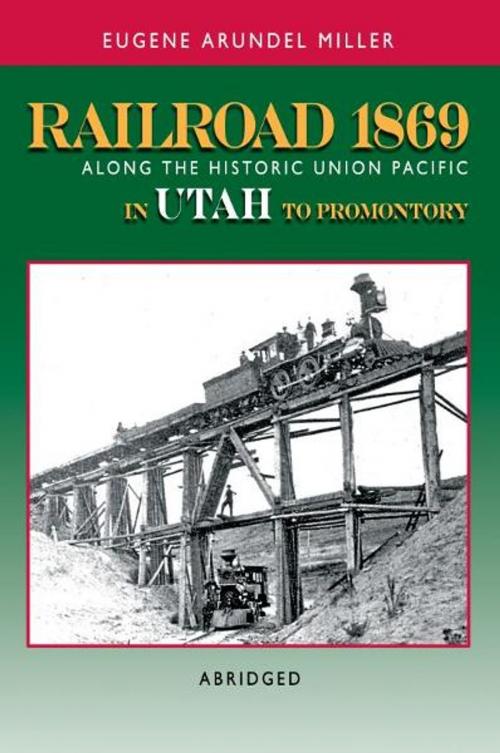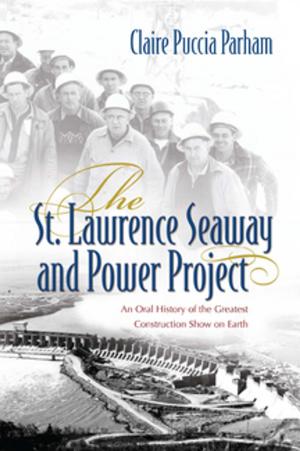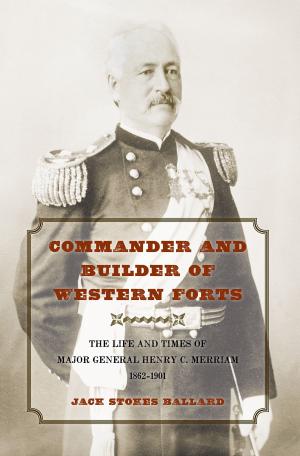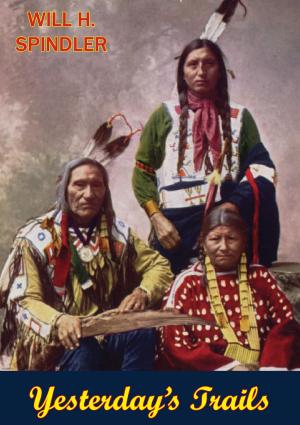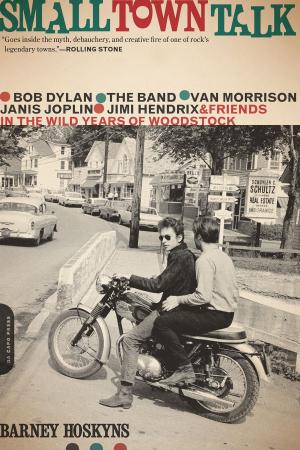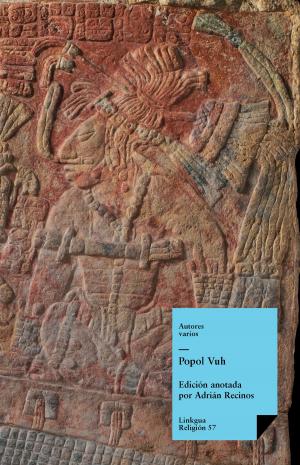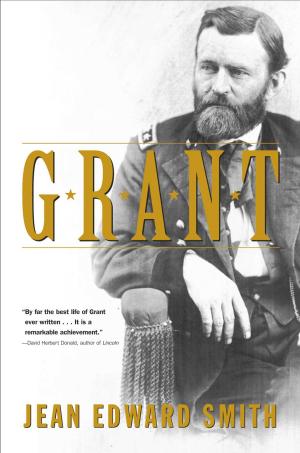Railroad 1869 Along the Historic Union Pacific in Utah to Promontory
Nonfiction, History, Modern, 19th Century, Americas| Author: | Eugene Miller | ISBN: | 9780692018095 |
| Publisher: | Eugene Miller | Publication: | July 15, 2012 |
| Imprint: | Smashwords Edition | Language: | English |
| Author: | Eugene Miller |
| ISBN: | 9780692018095 |
| Publisher: | Eugene Miller |
| Publication: | July 15, 2012 |
| Imprint: | Smashwords Edition |
| Language: | English |
At the end of 1868 Union Pacific crews finished their phenomenal push across Wyoming. As they reached Evanston, winter set in. The Union Pacific’s ultimate construction challenge lay ahead of them and they could ill afford to wait.
In Utah there were difficult rock cuts to be hacked out of steep canyon walls, ravines to be crossed with embankments and bridges, and most difficult of all, three tunnels to be driven. Mormon and other work crews alike were strung out down the Echo and Weber canyons. They were pressed hard through the severe winter weather and worked doggedly to get rails laid down as far west as humanly possible.
Speed was elusive and tunnels were bottlenecks. Only a few workers could occupy a tunnel-heading at any one time and there were only so many hours each day. Some work crews by-passed tunnels to work in canyons, but their progress was frustratingly slow. When spring arrived, construction crews broke out of the canyons and resumed their pace, grading and laying rails through Ogden and north around the end of Salt Lake, only to be again slowed in the Promontory Mountains by more heavy grading and more temporary trestles.
The railroad’s final push to Promontory Summit and the celebratory driving of the Golden Spike provided an unequaled historic climax to many long years of effort. But work was far from done. With the railroad’s mantra, “Build it fast, fix it later”, only the first part was accomplished. The second "fix it" part had already been started, the replacement of trestle bridges, finishing of tunnels, and elimination of by-passes. There was much more to be fixed and that would take years.
At the end of 1868 Union Pacific crews finished their phenomenal push across Wyoming. As they reached Evanston, winter set in. The Union Pacific’s ultimate construction challenge lay ahead of them and they could ill afford to wait.
In Utah there were difficult rock cuts to be hacked out of steep canyon walls, ravines to be crossed with embankments and bridges, and most difficult of all, three tunnels to be driven. Mormon and other work crews alike were strung out down the Echo and Weber canyons. They were pressed hard through the severe winter weather and worked doggedly to get rails laid down as far west as humanly possible.
Speed was elusive and tunnels were bottlenecks. Only a few workers could occupy a tunnel-heading at any one time and there were only so many hours each day. Some work crews by-passed tunnels to work in canyons, but their progress was frustratingly slow. When spring arrived, construction crews broke out of the canyons and resumed their pace, grading and laying rails through Ogden and north around the end of Salt Lake, only to be again slowed in the Promontory Mountains by more heavy grading and more temporary trestles.
The railroad’s final push to Promontory Summit and the celebratory driving of the Golden Spike provided an unequaled historic climax to many long years of effort. But work was far from done. With the railroad’s mantra, “Build it fast, fix it later”, only the first part was accomplished. The second "fix it" part had already been started, the replacement of trestle bridges, finishing of tunnels, and elimination of by-passes. There was much more to be fixed and that would take years.
